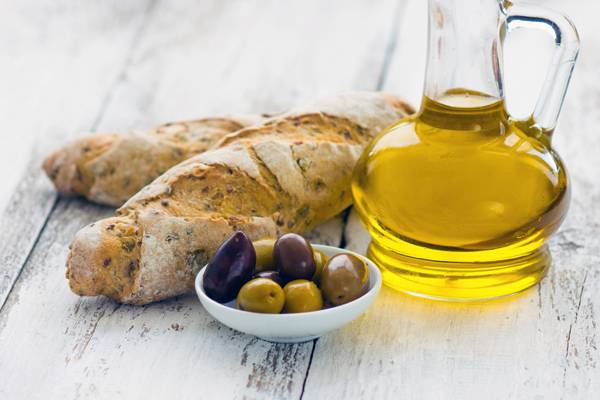Extra virgin olive oil: a test!
Olive oil is one of the most important parts of the Mediterranean diet. It’s also one of the most emblematic products of Spain, highly prized in its cuisine with lots of beneficial properties. But do you know the difference between olive and, virgin olive oil and extra virgin olive oil?
TRIED AND TESTED
Share

There are three different types of olive oil on the market: extra virgin olive oil, virgin olive oil and olive oil. They are all good sources of monounsaturated fatty acids, which makes olive oil an extremely healthy food and a key part of a balanced diet.
About 30% of the pulp of the olive is oil. Once the fruit has been picked, this oil has to be extracted. There are two main ways of doing so. The most traditional method is using pressure: the olive is placed in a press and the oil is extracted by mechanical force. It’s the best way of preserving the characteristics of the oil, but due to its complexity and low yield it is now hardly used, although there are some places that continue to do so. The second method is centrifugal. The olives and chopped up and, using centrifugal force, the oil is separated from the other parts of the olive due to their different densities. This is the easiest way of obtaining high quality olive oil industrially and, therefore, is now the most commonly used.

What’s the difference between olive oil, virgin, and extra virgin?
1. Extra Virgin Olive Oil
Extra virgin olive oil is 100% olive juice. It is obtained from olives when they reach the optimum stage of maturity and only through mechanical means. Extra virgin olive oils are oils of the highest quality, free of defects, meaning they have an excellent flavour and aroma. If the acidity is lower than 0.8 and it has no defects, it counts as an extra virgin olive oil. This product has been the focus of a lot of research and lots of benefits are currently attributed to it. As well as being a source of monounsaturated fatty acids, it contains natural antioxidants like polyphenols and vitamin E, which have been shown to reduce cholesterol.
The oils in this category can be monovariatal (obtained from only one type of olive, which means the characteristics of each variant can be observed more easily) or coupage (containing different varieties of olive in different proportions).
2. Virgin Olive Oil
These are also made from 100% olive juice and have distinctive flavour and aroma characteristics. However, they can’t match the level of excellence of extra virgin oils. If during the organoleptic tasting that is carried out during the extraction process small defects are detected and the acidity is between 0.8 and 2 then it is classified as a virgin olive oil.
3. Olive Oil
These are oils that exclusively contain a mix of refined olive oils obtained through chemical processes, with a proportion of virgin or extra virgin oils. These refined olive oils are obtained from virgin oils that haven’t reach the high quality levels demanded of virgin and extra virgin oils. This is the lowest quality oil.
Refined olive oil does not go bad and can last for a long time. However, extra virgin olive is sensitive to the passage of time and to light, which is why protecting it from light and sources of heat is essential for maintaining all of its characteristics. A good extra virgin olive oil can be detected thanks to spicy or even bitter notes, which indicate the presence of polyphenols.






